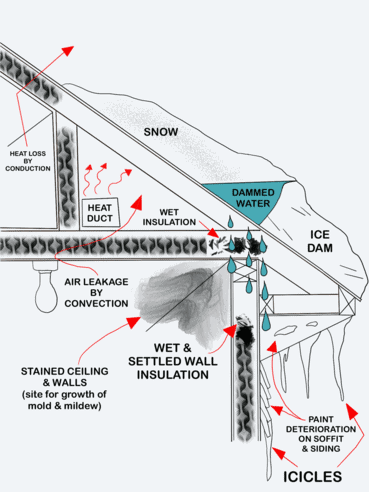What is an ice dam on a roof?
An ice dam is an ice build-up at the roof’s lower edge backing up liquid water. Ice dams occur when the average outside temperature is just below freezing. The ice is formed from snow melting on the warmer part of the roof, flowing down and refreezing on the colder part of the roof at the edge and in valleys. The snowmelt comes from the warm air inside the house. Damage from ice dams occurs when the ice builds up high enough and water backs up to a depth higher than the upper part of the shingle, flows over the top and into the house through nail holes and gaps in the roof boards or sheeting.
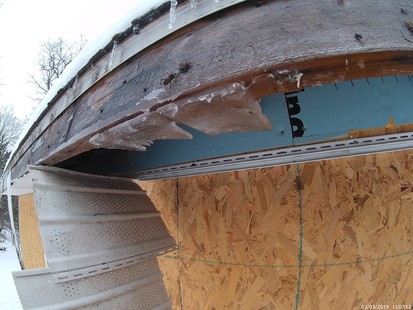
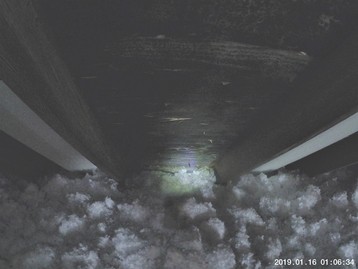
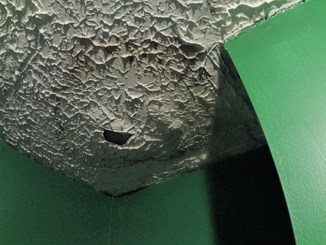
What needs to be done to stop ice dams **Keep the roof cold **

As a general rule, when you stop the upper part of the roof from getting warm and melting the snow, then the ice dam can not form.
- Spray foam on the underside of the roof (extremely effective)
Spray foam is a very effective way of stopping the roof from getting warm enough to melt the snow. However, spray foam attached to the underside of the roof can cause other problems. One issue is called “hot roof” during summer months, possibly lowering roofing shingles’ life and making it more difficult to detect a water leak from “popped nails” before damage occurs to the sheeting.
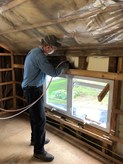
- Air sealing the house (more effective with added insulation)
Air sealing is effective when trying to stop ice dams from forming, and they should be paired with adding Insulation. Air sealing also lowers your heating cost. To put it simply, the warm air is not leaving the house.
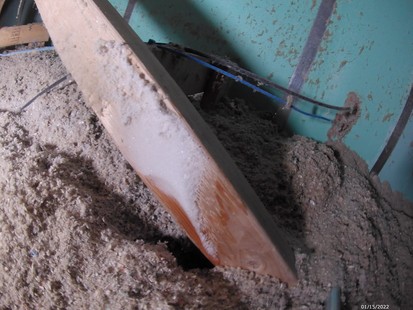
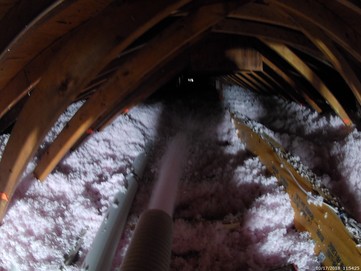
- Adding insulation to the attic space (not very effective alone, you need air sealing also)
Adding insulation is only effective when combined with air sealing. Fiberglass rolled, or blown-in insulation does not stop the warm air flow from inside the house, making it to the attic. Blown-in cellulose is more effective when added to such a depth that when it settles, it reduces the airflow into the attic.
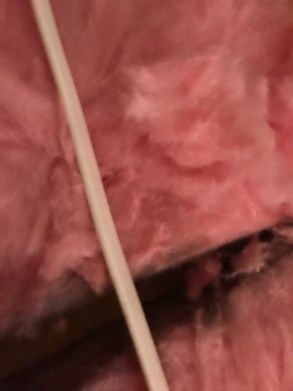
The Ideas Of The Past
- Remove the snow off the roof (only temporarily until the next snowfall)
- Knock off the ice dam with a hammer (not recommended damages the roof shingle and is dangerous)
- Install heating tape (expensive to operate and damages the roof)
- Apply ice melt loose or in a sock (it does work as long as you keep applying it)
- Use a steam pressure washer to remove the ice dam (it damages the roof and is expensive to rent)
- Use a heat source to melt the ice (bad idea)
- Add vents to the attic for more airflow
In the end, air sealing your attic and adding additional blown-in insulation will not only end your ice dam problems but will pay for itself with heating and cooling costs.
Check out http://attic-insulation-blown-in-fiberglass-insulation-vs-fiberglass-rolled-batts-which-is-better
or if you want to learn what I did to my own house https://howtosquirrel.com/how-to-air-seal-an-old-house-from-the-outside-and-save-on-heating-bills/
I hope this article was helpful
Gary 3/12/2022 1/5/2023

